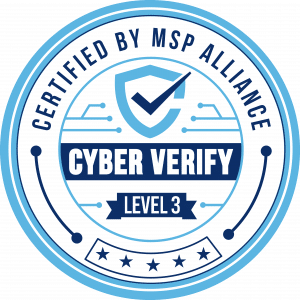Professional firms, such as accounting or law firms, employ a variety of strategies to address data confidentiality concerns, ensuring sensitive information is protected from unauthorized access and breaches. These measures are crucial in maintaining client trust, complying with legal and regulatory requirements, and safeguarding the firm’s reputation. Here are some key strategies that professional firms implement:
Access Controls
Access controls are fundamental in ensuring that only authorized personnel have access to sensitive data.
- Role-Based Access Control (RBAC): This method assigns access permissions based on an individual’s role within the organization. By doing so, employees only have access to the data necessary for their job functions, minimizing the risk of unauthorized access. For instance, a financial analyst would have access to financial data, but not to human resources records.
- Multi-Factor Authentication (MFA): MFA requires multiple forms of verification before granting access. This could include something the user knows (a password), something the user has (a security token), and something the user is (biometric verification). This layered approach significantly enhances security by making it more difficult for unauthorized individuals to gain access.
Encryption
Encryption is a critical component of data security, ensuring that data remains confidential even if it is intercepted.
- Data Encryption at Rest: This involves encrypting stored data to protect it from unauthorized access. This includes encrypting files, databases, and storage devices. For example, sensitive client information stored on a firm’s servers would be encrypted, making it unreadable without the proper decryption key.
- Data Encryption in Transit: This ensures that data being transmitted over networks is encrypted, preventing interception and unauthorized access during transfer. This is particularly important for data sent over the internet, such as emails or data transferred between remote offices.
Governance
Effective data governance involves establishing clear guidelines and procedures for data handling, ensuring compliance with legal and regulatory requirements.
- Data Governance Policies: These policies outline how data should be managed, from collection and storage to processing and disposal. They ensure that data is handled consistently and securely across the organization.
- Regular Audits and Monitoring: Conducting periodic audits and continuous monitoring helps detect and address potential vulnerabilities. Regular audits ensure that data protection policies are being followed and that any weaknesses are identified and corrected promptly.
Employee Training
Employees play a crucial role in maintaining data confidentiality. Training programs and awareness campaigns are essential in educating employees about data protection best practices.
- Training Programs: These programs educate employees on encryption protocols, the importance of maintaining confidentiality, and how to handle sensitive data securely. Regular training ensures that employees are up-to-date with the latest security practices.
- Awareness Campaigns: These campaigns raise awareness about potential threats such as phishing and ransomware, and how to avoid them. By educating employees about these threats, firms can reduce the risk of data breaches caused by human error.
Secure Communication Channels
Secure communication channels are essential for protecting sensitive information during transmission.
- Encrypted Email Services: These services use encryption to secure email communications, ensuring that sensitive information remains confidential. This is particularly important for professional firms that frequently exchange confidential information with clients.
- Virtual Private Networks (VPNs): VPNs provide secure connections for remote access, protecting data from unauthorized interception. This is especially important for employees who work remotely or travel frequently.
Data Loss Prevention (DLP)
Data Loss Prevention (DLP) technologies are designed to detect and prevent unauthorized transfer or sharing of sensitive data.
- DLP Technologies: These technologies monitor data transfers and can block unauthorized attempts to share sensitive information. For example, if an employee tries to email a confidential document to an external address, the DLP system can prevent the email from being sent.
By implementing these measures, professional firms can effectively safeguard confidential data, maintain client trust, and comply with legal and ethical standards. These strategies not only protect the firm’s reputation but also ensure that sensitive information remains secure in an increasingly digital world.






